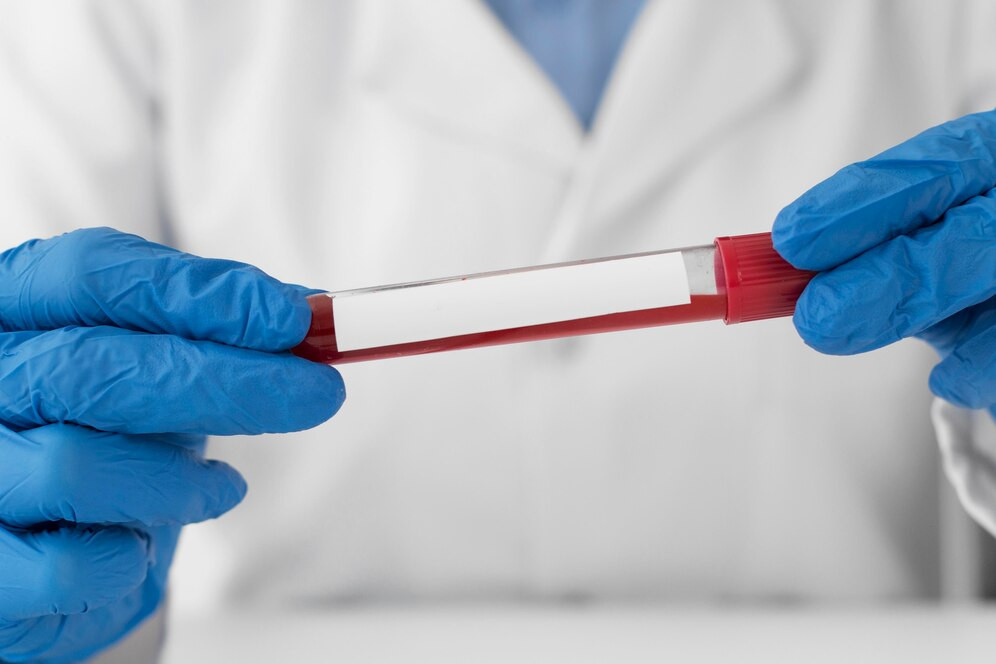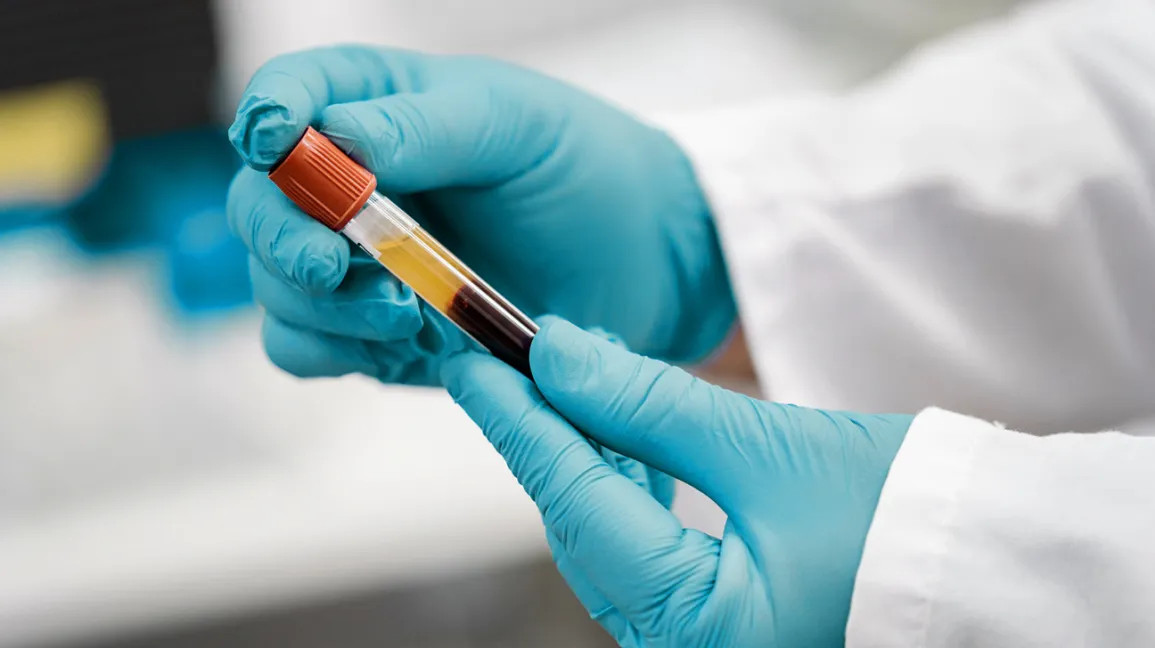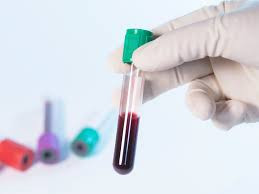Definisi
Pemeriksaan digoksin, yang juga disebut sebagai pemeriksaan kadar digoksin serum, mengukur kadar digoksin dalam aliran darah Anda. Pemeriksaan ini dilakukan untuk memastikan apakah kadar digoksin dalam aliran darah Anda berada dalam rentang pengobatan yang sesuai atau untuk mengidentifikasi bila kadar obat berada dalam kisaran yang mengancam Anda.
Digoxin termasuk dalam kelas obat yang dikenal sebagai glikosida jantung dan berasal dari tanaman Digitalis lanata, umumnya dikenal sebagai bunga bidal. Senyawa ini termasuk dalam golongan digitalis. Obat digitalis meningkatkan kekuatan kontraksi otot jantung yang lemah, namun tidak memiliki khasiat vitamin jantung yang dapat menambah kekuatan jantung yang sehat.
Disetujui oleh FDA pada tahun 1954, obat ini digunakan untuk pengobatan berbagai kondisi jantung termasuk gangguan irama jantung seperti atrial flutter, atrial fibrilasi, dan gagal jantung beserta gejala yang terkait. Kelompok obat jantung yang lebih aman dengan efek samping yang lebih ringan seperti beta-blocker dan bloker saluran kalsium, telah menggantikan obat digoksin.
Saat ini, digoksin biasanya digunakan sebagai pilihan kedua ketika pengobatan awal tidak efektif. Obat ini terutama dipakai untuk menangani gagal jantung ringan hingga sedang pada pasien dewasa dan untuk meningkatkan kontraksi otot jantung.
Indikasi
Tujuan utama dari pemeriksaan ini adalah untuk memastikan dosis digoksin yang diberikan pada pasien gangguan jantung sudah optimal, sekaligus untuk mengurangi potensi terjadinya efek samping. Setelah memulai pengobatan, tenaga kesehatan Anda mungkin bisa melakukan tes digoksin satu atau beberapa kali, untuk menilai apakah dosis awal obat yang diberikan berada dalam rentang terapi. Selanjutnya, tes ini dapat dilakukan secara berkala untuk menjamin pemberian dosis yang sesuai.
Proses dalam mencapai kestabilan kadar digoksin dalam darah dan jantung biasanya memakan waktu sekitar 1-2 minggu. Melakukan tes pada periode tersebut akan memberikan indikasi yang lebih tepat apakah Anda menerima dosis digoksin yang sesuai. Setelah menentukan dosis obat yang tepat untuk Anda, kadar digoksin dalam tubuh Anda akan dipantau secara rutin untuk memastikan dosis yang diberikan sudah akurat.
Penting untuk memantau konsentrasi obat digitalis seperti digoksin, karena obat ini mempunyai rentang terapi yang terbatas. Artinya, rentang dosis yang berada dalam batas aman dan beracun atau toksik sangatlah kecil.
Pemeriksaan digoksin juga dapat dilakukan untuk memastikan apakah gejala yang muncul selama proses pengobatan, terjadi karena dosis obat yang rendah atau terlalu tinggi. Kadar digoksin yang rendah dalam darah dapat menyebabkan gejala penyakit jantung untuk kambuh. Sementara, kadar obat yang berlebihan dapat menyebabkan toksisitas. Dosis digoksin dapat diubah sesuai kadar obat yang terdeteksi dalam pemeriksaan.
Kontraindikasi
Tidak ada individu yang dikontraindikasikan dalam melakukan pemeriksaan kadar digoksin; setiap orang bisa menjalani pemeriksaan darah untuk memantau kadar digoksin dalam tubuhnya.
Persiapan Sebelum Pemeriksaan
Tidak diperlukan persiapan khusus apapun sebelum tes, namun penting untuk mempertimbangkan waktu dari pengambilan sampel darah. Tenaga kesehatan mungkin akan mengambil darah Anda beberapa jam setelah pemberian digoksin sebelumnya, biasanya dalam kisaran 6-8 jam setelah pengobatan terakhir. Beri tahu tenaga kesehatan yang mengambil sampel darah Anda tentang waktu terakhir Anda mendapatkan digoksin saat menjalani tes darah.
Konsultasikan dengan ahli kesehatan Anda mengenai obat rutin yang Anda konsumsi sebelum pemeriksaan, apakah harus dihentikan sejenak atau tetap bisa dilanjutkan.
Prosedur Pemeriksaan
Pemeriksaan digoksin umumnya menggunakan sampel serum darah, yang diambil dari pembuluh darah vena dan akan dikumpulkan ke dalam tabung khusus. Petugas laboratorium akan memakai sarung tangan khusus dan APD (Alat Pelindung Diri) saat mengambil sampel pemeriksaan.
Sebelum mengambil darah, petugas akan memasang pita elastis dan membersihkan area penusukan jarum dengan kasa antiseptik. Biasanya petugas mengambil darah di area lipatan siku. Setelah darah diambil dan dimasukkan ke dalam tabung khusus, petugas akan melepas pita elastis yang terpasang, menekan dan membersihkan area penusukan dengan kasa antiseptik. Prosedur pemeriksaan ini hanya berlangsung selama beberapa menit saja. Sampel darah yang telah didapatkan akan diperiksakan menggunakan alat khusus di laboratorium, dan hasilnya bisa diketahui dalam beberapa jam kemudian.
Nilai Normal dan Abnormal
Biasanya, kisaran kadar digoksin normal dalam darah adalah 0,5-1,9 nanogram per mililiter darah. Pada pasien gagal jantung kongestif, kadar digoksin normal dalam darah mungkin berada dalam kisaran 0,5-0,8 nanogram per mililiter (ng/mL). Rentang ini adalah contoh nilai normal yang biasa digunakan sebagai hasil normal pengukuran. Namun, kadar digoksin yang normal mungkin berbeda untuk setiap individu tergantung pada kondisi medisnya. Setiap individu juga bisa menunjukkan respons yang berbeda-beda terhadap digoksin.
Kadar digoksin yang dianggap melebihi batas normal bila hasilnya melebihi 2,4 nanogram per mililiter. Sekitar 10% pasien juga bisa menunjukkan gejala toksisitas walaupun kadar digoksin dalam darahnya di bawah 2 ng/mL. Hal ini bisa terjadi terutama pada kondisi seperti kadar kalium atau magnesium yang rendah dalam darah (hipokalemia, hipomagnesemia), kekurangan oksigen dalam jaringan (hipoksia), penyakit jantung, dan hiperkalsemia (kadar kalsium dalam darah di atas normal).
Hasil dan Saran (Pemeriksaan Lanjutan)
Hasil pemantauan obat dengan nilai lebih tinggi dari normal dapat disertai adanya gejala seperti keracunan dapat menandakan adanya gejala keracunan digoksin. Selain itu, pada pasien dengan kondisi gangguan ginjal memungkinkan untuk memiliki nilai pemeriksaan yang lebih tinggi sehingga diskusikan kembali dengan dokter terkait dosis pemberian dgoksin. Selain itu, hasil pemeriksaan yang diambil lebih dari 6 jam setelah dosis terakhir juga dapat memberikan hasil nilai yang lebih tinggi. Bila Hasil pemantauan obat dengan nilai lebih rendah dari normal dapat disertai adanya gejala seperti gagal jantung menandakan bahwa pemberian digoksin kurang dari dosis terapeutik sehingga kurang memberikan efek terapi. Bila hasil pemeriksaan monitoring digoksin Anda dalam rentang normal, dokter akan mempertahankan dosis tersebut sehingga obat dapat memberikan efek sesuai dengan kebutuhan Anda.
Bisa terdapat sedikit variasi dalam kisaran nilai normal di berbagai laboratorium. Laboratorium bisa menggunakan metrik yang berbeda-beda dalam pemeriksaan kadar digoksin.
Beberapa faktor, seperti fungsi ginjal dan sedang dalam terapi yang menggunakan obat lain mungkin bisa memengaruhi hasil pemeriksaan. Jika gejala penyakit jantung tidak kunjung membaik atau jika terjadi efek samping, dokter bisa mengubah dosis digoksin sesuai dengan kondisi Anda.
Hasil pemeriksaan yang tidak normal mungkin menunjukkan bahwa kadar digoksin dalam darah tidak mencukupi atau berlebihan. Angka yang sangat tinggi mungkin menunjukkan potensi terjadinya toksisitas digoksin, yang bisa berperan dalam menyebabkan gangguan irama jantung yang berbahaya. Walaupun memang, toksisitas digoksin dapat terjadi bahkan meskipun kadar digoksin dalam tubuh tergolong rendah, bila disertai dengan faktor risiko tambahan seperti berat badan kurang, usia lanjut, gangguan fungsi ginjal, dan kadar kalium yang rendah.
Konsultasikan ke Dokter yang Tepat
Konsultasikan hasil pemeriksaan pemantauan obat digoksin Anda kepada dokter penyakit dalam atau spesialis jantung terkait kondisi Anda. Jika tingkat toksik digoksin terdeteksi, profesional kesehatan mungkin menyuntikkan obat penawar khusus yang disebut FAB imun digoksin untuk melawan efek toksisitas digoksin.
Mau tahu informasi seputar hasil pemeriksaan laboratorium, radiologi, dan lainnya? Cek di sini, ya!
- dr Hanifa Rahma
Digoxin. (2022). Retrieved 16 January 2023, from https://www.ncbi.nlm.nih.gov/books/NBK556025/
Digoxin Test. (2022). Retrieved 16 January 2023, from https://medlineplus.gov/ency/article/003568.htm
Digoxin Level. (2019). Retrieved 16 January 2023, from https://emedicine.medscape.com/article/2089975-overview
Digoxin. (2020). Retrieved 16 January 2023, from https://www.testing.com/tests/digoxin/




/6302127de39a5.jpg)







